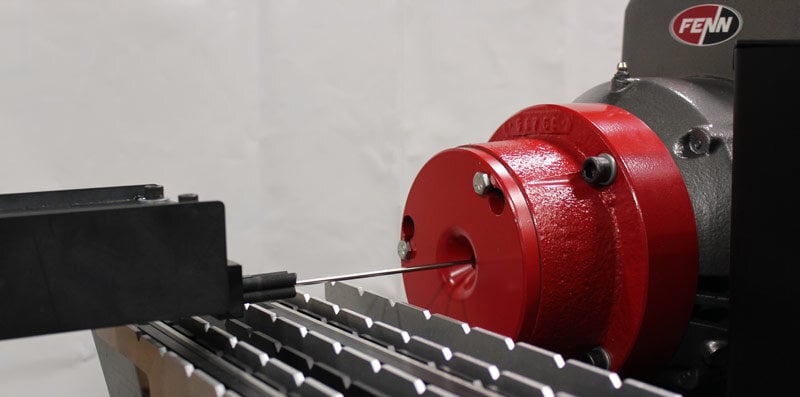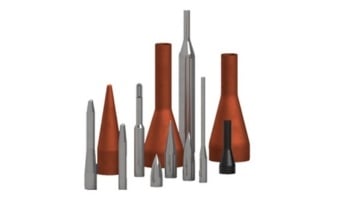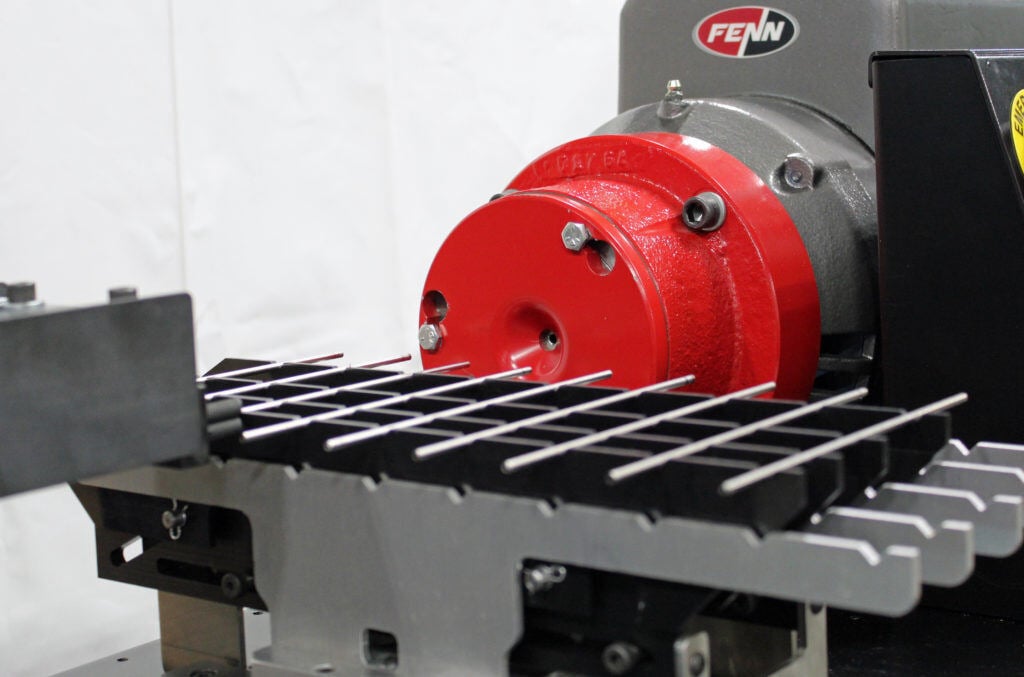The Process of Rotary Swaging: How Rotary Swagers Work
Did you know that the metal forming industry makes up nearly 15-20% of the GDP of industrialized nations?
Metal forming processes are an important part of society as they create metal parts or machined workpieces used in various applications.
In these processes, rotary swaging is an economical way to efficiently reduce, taper, shape, form, or bond metal parts. Learn more about rotary swagers and how the swaging manufacturing process works below.
What is a Rotary Swaging Machine?
A rotary swaging machine is used to size, point, and form wire, tube, or rod. Swagers come in 2-die and 4-die configurations. The 2-die configuration is commonly used on small parts, whereas the 4-die configuration is ideal for larger initial reductions on bigger parts or coiled applications.
Unlike other swagers, the rotary swager doesn’t produce different shapes. It only creates cylindrical cross-sectional profiles. The surface finish of the swaged parts mimics the surface finish of the dies resulting in a superior finish when compared to alternative processes. Rotary swaging machines can be used in multiple industries such as automotive, military, renewable energy, aerospace, and medical industries.
How Do Rotary Swagers Work?
The process of rotary swaging starts by feeding a rod or tube inside a die. Swaging machines use 2-4 dies that produce up to 10,000 strokes per minute.
When the rotary swaging machine is on, the hammer blocks and dies form around the workpiece. As the material revolves, hammers and dies will be pushed outward against a series of rollers contained within the roll cage. As the hammers hit the rollers, the dies compress, resulting in material formed by the swaging process.
Benefits of Rotary Swaging Processes
Wondering why you should opt for a rotary swager? Here are the main advantages of rotary swaging:
Shorter Cycle and Processing Times
Compared to processes like machine cutting, rotary swaging allows for reduced production cycles and processing times. This means fast turnarounds.
Quality Surface Finishes
Some metal forming processes create products with rough finishes but not rotary swaging. It produces end products with superior surface finishes.
No Material Loss
The rotary swaging process is chipless. This means it shapes the material into the desired shape without material loss.
Tight Tolerances
This manufacturing process allows for more precise and close-fitting tolerances without affecting the performance and quality of the produced parts.
Enhanced Grain Structures
Using a rotary swager improves the metal’s grain structure. This gives the material superior strength.
Better Product Quality
Aside from enhancing the strength and finish of the part, a rotary swager can improve its physical properties, including tension, compression, torsion, and bending.
Get Custom Engineered Solutions Today
Rotary swaging is a cost-effective way to point, reduce, and form material while creating strong and smooth finishes.
If you’re looking for rotary swaging machine solutions, look no further than FENN. Our qualified engineers deliver metal forming solutions to address your unique business needs. Get in touch with us and tell us your manufacturing needs.




